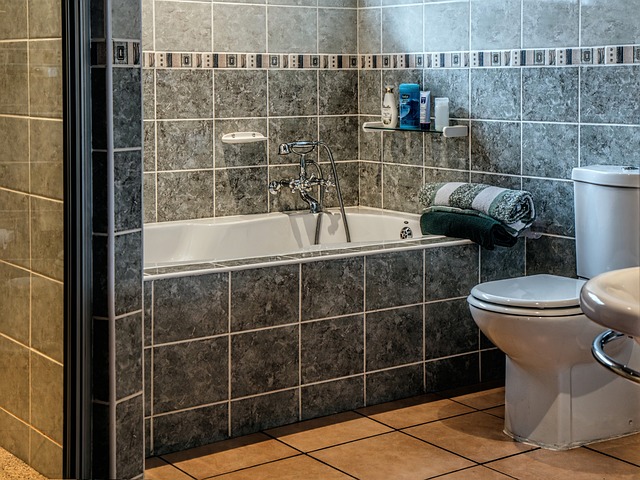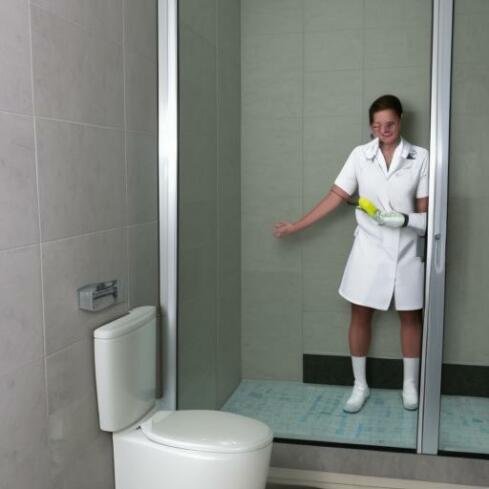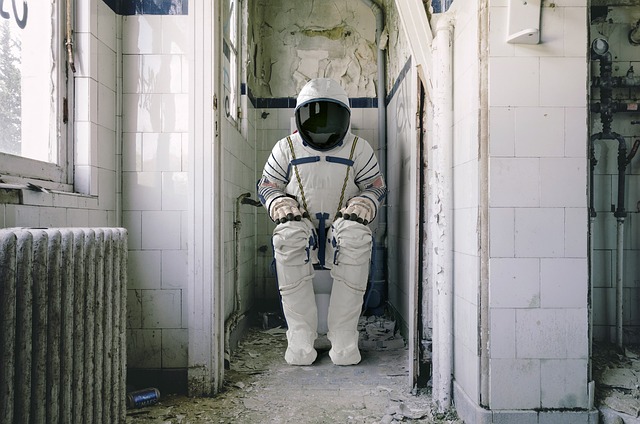
Do you know whether can you flush the toilet when the power is out? I bet this is a very practical and interesting question! When the power goes out, even the most basic daily activities can turn into a challenge. Individuals frequently keep thinking about whether they can flush their toilets when the power is out, and this worry is altogether substantial. In this article, we will investigate the mechanisms behind toilet flushing, what a power outage means for them, and a few answers to guarantee that you can, in any case, utilize your toilet in any event when the lights are out. Today, we will address one of the most commonly asked questions: “can you flush the toilet when the power is out?” – “do toilets flush when power is out?”
Can You Flush The Toilet When The Power is Out? The short answer is yes and no! Yes because you should be able to flush your toilet several times while the power is out depending on the amount of water remaining in the pipes and toilet water tank. The answer becomes NO when there is no water left in the pipes and toilet water tank.
How Can You Flush The Toilet When The Power is Out? The quick answer is you will need to flush your toilet manually by pouring in a bucket of water. OK, let us read about the interesting topic -Can You Flush The Toilet When The Power is Out below.
The Mechanics of Toilet Flushing:
To answer the question – “can you flush the toilet when the power is out?” it’s fundamental to fathom how a toilet works. A common toilet depends on a somewhat basic system that doesn’t expect electricity to work – so “flushing toilet when power is out” should not be a problem.

Here is a breakdown of the basic components engaged with flushing a toilet:
The Flush Handle:
When flushing toilet when power is out, you draw in a beguilingly straightforward yet fundamental process inside your toilet. This activity starts the development of a mechanism known as a flapper or flush valve, the two of which are arranged inside the toilet tank. The flapper or flush valve is designed to seal the opening at the bottom of the tank, keeping water from flowing into the bowl at this stage.
Water Supply:
As the flush handle is squeezed, the flapper or flush valve is lifted, breaking the seal and allowing water to be put away in the tank to start its excursion. This water, obtained from the tank, quickly flows into the toilet bowl. The rate at which this water flows is urgent, as it generates the vital force to perform one of the most indispensable elements of your toilet: flushing away waste material.
Gravity:
When talking about the question can you flush the toilet when the power is out, the steady force of gravity directs the flush water’s excursion from the tank into the bowl. This powerful natural phenomenon plays a major part in guaranteeing the viability of your toilet’s flushing process. As the water gushes into the bowl, it joins with the existing water, making a flood of fluid that drives waste through the trapway, which is a tight, bending channel designed to work with the removal of waste. The blend of water and gravity impels the waste through the trapway and into the channel. From that point, the waste starts its excursion through the plumbing system and into the sewage system, eventually arriving at its last objective.
The Role of Electricity in Toilet Flushing:
In most residential toilets, the flushing process is a low-tech undertaking. The mechanism at play depends on the critical standards of physics and hydraulics, making it generally impenetrable to power outages. As recently discussed, standard toilet capabilities are achieved through the force of gravity and the pressure generated by the water contained in the tank. These two components work as a unified whole to eliminate waste and send it out the door down the channel.
The activity starts when you push down the flush handle. This straightforward activity lifts either a flapper or a flush valve, allowing the water put away in the tank to flow into the toilet bowl. As this water hurries into the bowl, it makes a flood of pressure that pushes waste material through the trapway and, at last, into the sewage system. It is this brilliantly designed mix of gravity and water pressure that works with the effective flushing of a toilet.
However, the story doesn’t end there. In the ever-evolving world of technology, a few contemporary toilets are furnished with cutting-edge features pointed toward upgrading client comfort and hygiene. These features, while surely helpful, are reliant upon electricity to work. Striking models incorporate electrically powered bidets, programmed flushing systems, and hands-free sensors. During a power outage, these electrically dependent features might fail to work, leaving clients without the extra comforts they have come to depend on.
Notwithstanding the likely disruption of these supplementary features during power outages, it’s critical to repeat that the center capability of a toilet, specifically flushing, stays in salvageable shape. The fundamental mechanism of gravity and water pressure stays unaffected, guaranteeing that the toilet’s main role can be satisfied, even without a trace of electrical power. Subsequently, in most cases, homeowners can have confidence that their toilets will keep on flushing, paying little heed to outside factors, adding to their general comfort and sanitation.
Do Toilets Flush When the Power Is Out?
So, do toilets flush when power is out?
Now to the most important topic of this article – can you flush the toilet when the power is out? By and large, toilets ought to flush in any event when the power is out. This versatility during electrical outages is credited to the clever effortlessness of the toilet’s design. As referenced before, the essential mechanism of flushing depends on the crucial standards of gravity and water pressure, the two of which work autonomously of electricity. This implies that when you flush a standard toilet, the put-away water in the tank fills in as the fundamental main impetus, guaranteeing waste is transported into the sewage system.

The magnificence of this self-sustained flushing process lies in its dependability. Regardless of how cutting-edge our technology turns into, the basic toilet design has remained, to a great extent, unaltered for quite a long time, guaranteeing that we can keep up with our sanitation needs during power outages without issue.
However, it’s vital to take note that in uncommon cases, certain toilets associated with municipal sewage systems might encounter issues due to a power outage. These issues normally arise when the neighborhood sewage system depends on electric siphons to transport wastewater productively. Without electrical power, these siphons might become inoperable, prompting expected reinforcements or deferring in wastewater removal.
It’s critical to accentuate that in such occurrences, the issue does not come from the toilet itself but rather from the municipality’s sewage system infrastructure. Most residential toilets, whether associated with municipal sewage systems or septic tanks, keep playing out their flushing capabilities faultlessly, unaffected by power outages. The sewage system’s infrastructure fundamentally must guarantee continuous wastewater disposal, and homeowners ought not to be unduly worried about the usefulness of their toilets during power outages.

Conclusion
It Depends on the amount of water remaining in the pipes and toilet water tank, you should be able to flush your toilet several times while the power is out. But, however, your tank won’t fill up anymore since the pumps are down. When this happens, you will need to flush your toilet manually by pouring in a bucket of water.
1 thought on “How Can You Flush The Toilet When The Power is Out”